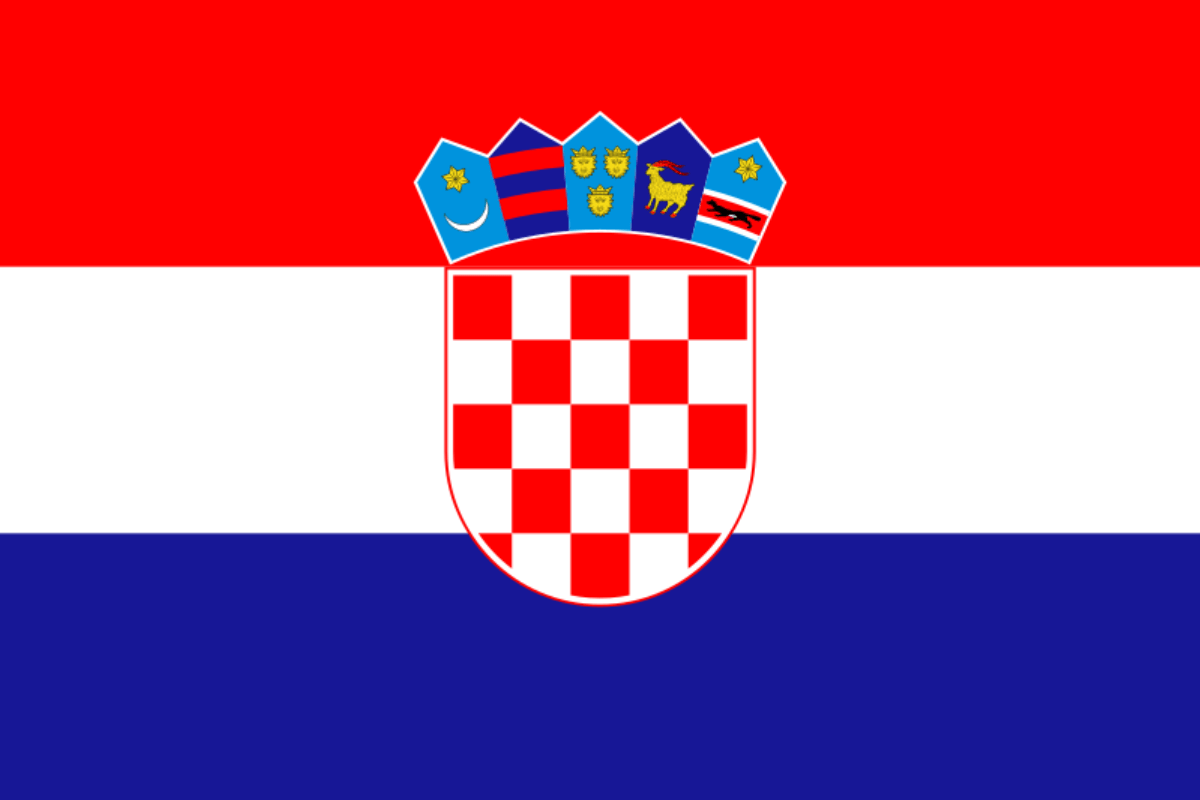The national animal of Croatia is the European pine marten. This is a mustelid native to most of Europe as well as Asia Minor and other regions. They are seem as important embodiments of Croatia’s natural beauty and though small and unassuming are important symbols of national pride.
Pine martens have an enormous natural range and today are thriving as a species where many are struggling in the face of human civilization.
In Croatia they are a fairly common sight in the wilder parts of the country for those who know how to look, and so it is no surprise that they have been adopted as the country’s national symbol.
Let’s find out more.

What is the national animal of Croatia?
The national animal of Croatia is the European pine marten.
This is one of a diverse family of carnivorous mammals called Mustelids, including things like weasels, otters, badgers, martens and wolverines.
Pine martens sometimes also go by the names baum marten or sweet marten.
They are usually light to dark brown in color, with their coat being short and coarse during the warmer months and growing longer and silkier during the winter.
They also feature a cream or yellow colored patch at the base of their head, sometimes called a “Bib”.
They are typically around 21 inches long and their tail can be as long as a further ten inches.
There is a small degree of sexual dimorphism with the males usually being a bit longer than the females.
They generally weigh around 3.3 to 3.7 pounds.
They are obligate carnivores and their excellent senses, like smell, sight, and hearing, make them well adapted hunters and are part of their huge success.
They inhabit well wooded areas as their name suggests, preferring pine forests.
They are found from Ireland and the west of Spain all the way into the wild reaches of Russia and as far south as the Middle East.
As mentioned, they have a huge range and their population numbers are growing even today.
They live a semi arboreal lifestyle, climbing and running on branches using their semi retractable claws.
They are also very quick runners on the ground.
They are mostly nocturnal, being active during the night and at dusk.
Their ears are small, rounded, and extremely sensitive.
Their teeth are very sharp.
They are highly territorial and mark their home range by depositing feces.
In captivity, they can live as long as 18 years, though in the wild they usually live around 3-4 years.
Why is the pine marten the national animal of Croatia?
The pine marten is the national animal of Croatia for a number of reasons.
They are seen, at least by some, as spirits of the forests they inhabit, embodiments of the broader ecosystems in which they are found.
They are elusive and hard to spot despite their relatively large population numbers in Croatia.
This has given them something of a supernatural reputation and long into the past in many European cultures they were seen as something beyond the totally ordinary.
That reputation endures today and they are important in folkore in a number of ways.
On another level, they are seen as more simple embodiments of Croatian natural beauty.
Croatian pride in its stunning forests is an important thing for the people of Croatia, and the pine marten, even in a strictly literal, ecological sense, plays a very important role in this aspect of the country’s natural landscape.
Though they are not presently threatened by extinction, it is also a common choice to make an animal the official national animal in order to bring attention to the potential threats they face. Their habitat has been considerably reduced over the decades.
What do European pine martens eat?
European pine martens, as mentioned, are mostly carnivorous.
They are excellent hunters and are well adapted for eating small mammals like mice, amphibians like frogs, as well as small birds, insects, and sometimes carrion.
Since they live over such a wide range, they have access to a very wide array of prey animals, and they will more or less eat whatever they can get their hands on.
On the other hand, they are sometimes known to eat berries, steal bird’s eggs, or eat things like nuts and honey.
This, though, is usually when they can’t get access to live prey, as this is what they prefer to eat.
How rare are European pine martens?
Since they are so hard to spot, it is hard to give precise figures on their numbers; in England, they were not sighted for a full century and were assumed extinct there.
There are certainly greater numbers in Croatia, but again it’s very hard to say.
As common as they might be, seeing one is still very hard if you don’t know where to look.
They will naturally shy away from human contact.
So, in general, they are not very rare at all; they live over a huge range and according to the IUCN they are of least concern.
However, they are certainly hard to see.
Pine martens, then, are not rare in the sense of their population numbers—but they are incredibly elusive.
Small, quick, and agile, seeing one will take time and patience, but you can rest assured they are certainly there.
In Croatia, they are seen to embody lots of different important things such as natural beauty, grace, and, on a more spiritual level, the pine forests themselves.
